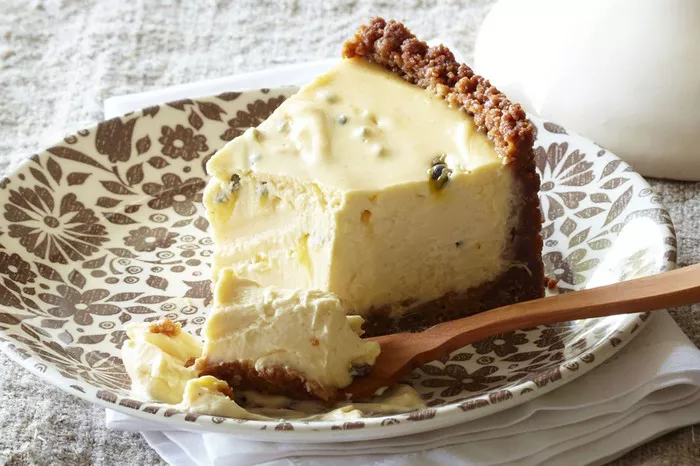Scotch Eggs, a classic British delight, combine the simplicity of hard-boiled eggs with the savory goodness of sausage and breadcrumbs. This culinary creation has become a beloved snack, appetizer, or even a hearty meal for many. In this comprehensive guide, we will not only explore the intricacies of making the perfect Scotch Eggs but also delve into the art of distribution, ensuring that these delectable treats can be shared and enjoyed by many.
Understanding the Scotch Eggs Tradition
Before embarking on the journey of making Scotch Eggs, it’s essential to understand the roots of this culinary tradition. Originating in London, Scotch Eggs are believed to have been inspired by an Indian dish called “nargisi kofta.” The dish consists of a hard-boiled egg encased in spiced meat and then fried. The Scotch Egg, as we know it today, evolved over time to become a quintessential British snack enjoyed worldwide. Honoring this tradition adds a layer of appreciation to the process of crafting Scotch Eggs.
Choosing Quality Ingredients
Creating the perfect Scotch Eggs begins with the careful selection of high-quality ingredients. Start with fresh, large eggs and choose a sausage with a good balance of meat and fat. The sausage acts as the flavorful casing for the eggs, so opt for one with a seasoning profile that complements your taste preferences. Additionally, choose breadcrumbs that are fresh or homemade for an added layer of texture and flavor.
Preparing the Hard-Boiled Eggs
Achieving the ideal hard-boiled egg is crucial for the success of Scotch Eggs. Begin by placing the eggs in a single layer in a saucepan and covering them with cold water. Bring the water to a gentle boil, then reduce the heat and simmer for about 9-12 minutes, depending on your desired yolk consistency. Once boiled, transfer the eggs to an ice bath to cool rapidly, preventing overcooking and making them easier to peel.
Encasing the Eggs in Sausage
The next step in making Scotch Eggs involves encasing the hard-boiled eggs in a flavorful layer of sausage. Remove the sausage meat from its casing, and season it with herbs, spices, or even a touch of mustard to enhance its flavor. Divide the sausage meat into portions, flatten each portion, and carefully wrap it around each hard-boiled egg. Ensure that the sausage layer is evenly distributed, covering the entire surface of the egg.
Breading for Crispy Perfection
The crispy outer layer of Scotch Eggs is achieved through a three-step breading process. First, coat each sausage-wrapped egg in flour to provide a dry surface for the next layers. Then, dip it into beaten eggs to create a bonding layer for the breadcrumbs. Finally, roll the eggs in breadcrumbs, ensuring an even coating. This triple-layering technique contributes to the satisfying crunch that complements the tender interior of the Scotch Egg.
Perfecting the Frying Technique
Frying is the final step in creating Scotch Eggs, and mastering the technique is essential for achieving the perfect texture. Heat oil in a deep fryer or a heavy-bottomed pan to 350°F (177°C). Carefully lower each breaded Scotch Egg into the hot oil, ensuring that they are submerged. Fry until the exterior is golden brown, which typically takes about 5-6 minutes. Once done, transfer the Scotch Eggs to a plate lined with paper towels to absorb excess oil.
Navigating the Distribution Process
Now that you’ve crafted the perfect Scotch Eggs, it’s time to share these delectable treats with others. Whether you plan to distribute them at a party, potluck, or simply among friends and family, a thoughtful distribution process ensures that everyone can enjoy the fruits of your culinary labor.
Packaging for Freshness
To maintain the freshness and flavor of Scotch Eggs during distribution, consider packaging them appropriately. Use airtight containers or sealable bags to protect them from exposure to air and moisture. If you plan to distribute them warm, choose containers that retain heat, ensuring that the Scotch Eggs remain appetizing when they reach their destination.
Transporting with Care
Transporting Scotch Eggs requires a delicate touch to prevent breakage and maintain their appealing appearance. Place the Scotch Eggs in a single layer within the container, leaving enough space to prevent them from pressing against each other. Consider using dividers or placing a layer of parchment paper between the eggs to minimize contact and reduce the risk of damage during transportation.
Timing is Key
When distributing Scotch Eggs, timing is crucial to ensure that recipients enjoy them at their best. If possible, distribute the Scotch Eggs just before serving or consuming. This ensures that the crispy exterior remains intact, providing a satisfying contrast to the savory sausage and perfectly cooked egg within.
Pairing Suggestions
Consider including pairing suggestions or condiments along with the distributed Scotch Eggs to enhance the culinary experience. Provide a small jar of tangy mustard, a side of pickles, or even a refreshing salad to complement the richness of the dish. Offering these accompaniments adds a thoughtful touch and allows recipients to customize their Scotch Egg experience.
Catering to Dietary Preferences
Scotch Eggs can be adapted to accommodate various dietary preferences. If you are aware of any specific dietary restrictions or preferences among your audience, consider creating variations such as vegetarian Scotch Eggs using plant-based sausage or incorporating different seasonings to cater to diverse tastes. This ensures that everyone can partake in the culinary joy of Scotch Eggs.
Presenting with Flair
When presenting Scotch Eggs for distribution, consider arranging them in an eye-catching manner. Use decorative platters or containers to showcase the golden-brown exterior of the Scotch Eggs. A visually appealing presentation adds to the overall dining experience and makes the Scotch Eggs even more enticing for recipients.
Providing Reheating Instructions
If the Scotch Eggs are intended to be consumed later or reheated, include clear instructions on how to do so without compromising their quality. Provide guidelines for reheating in an oven, air fryer, or microwave to help recipients enjoy Scotch Eggs that retain their crispy texture and savory interior.
Ensuring Food Safety
Prioritize food safety during the distribution process. If the Scotch Eggs are not going to be consumed immediately, advise recipients to refrigerate them promptly. Communicate any relevant information regarding the shelf life of the Scotch Eggs and remind recipients to exercise caution, especially if they are transporting the eggs over an extended period.
Conclusion
In conclusion, crafting Scotch Eggs is a culinary art that extends beyond the confines of your kitchen. By understanding the tradition, selecting quality ingredients, and perfecting the cooking process, you can create Scotch Eggs that captivate the senses. Navigating the distribution process with care ensures that these savory delights can be shared and enjoyed by a wider audience, spreading the joy of Scotch Eggs and celebrating the culinary heritage they represent. So, gather your ingredients, master the technique, and share the delight of Scotch Eggs with those around you.























